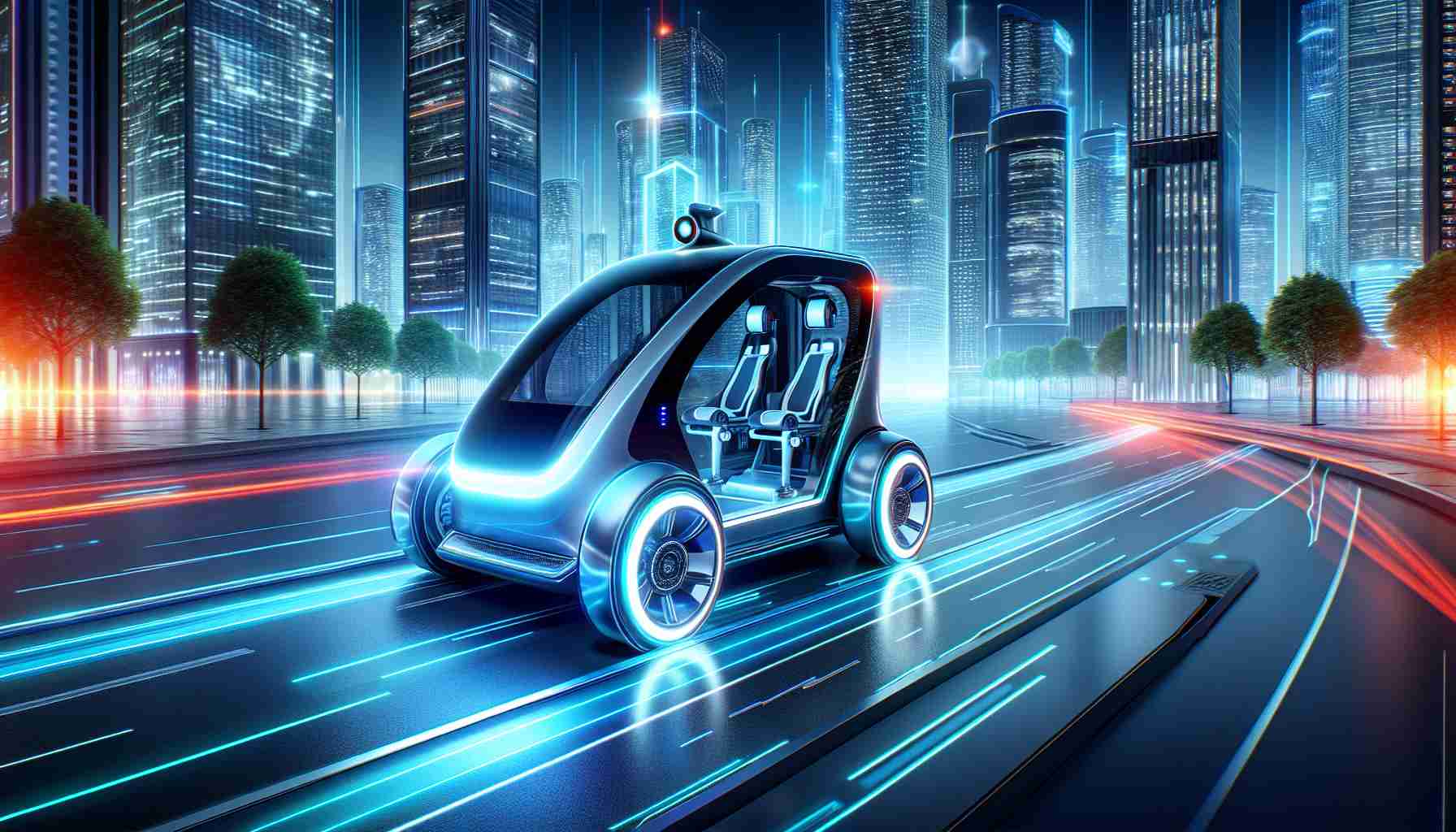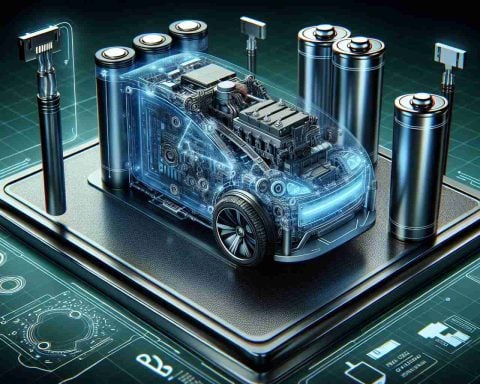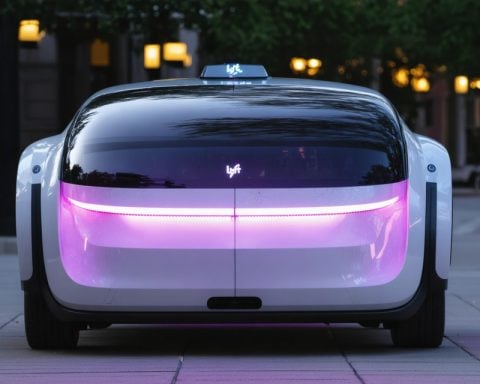The Rise of Autonomous Vehicle Software
The Autonomous Driving Software market is on a rapid ascent, currently valued at an impressive USD 1.67 billion in 2023. It is projected to soar beyond USD 4.08 billion by 2031, reflecting a robust CAGR of 12.1% throughout the forecast period. This paradigm shift is powered by remarkable advancements in artificial intelligence, sensor tech, and the increasing demand for smarter transportation options.
Autonomous driving software comprises intricate algorithms enabling cars to navigate without human intervention. Utilizing various sensors, such as LiDAR and radar, the software enhances decision-making capabilities by accurately detecting objects, pedestrians, and surrounding vehicles, significantly improving road safety.
Government initiatives are also shaping the landscape, with new regulations set to ensure these technologies are implemented safely. The surge in electric vehicle production closely aligns with the evolution of autonomous systems, as manufacturers incorporate these features to appeal to consumers seeking modern mobility solutions.
Challenges lie ahead, particularly regarding development costs and ensuring safety across diverse driving conditions. The Asia-Pacific region leads the market, driven by urban growth and active government support for autonomous tech to alleviate congestion and environmental issues.
As tech giants and start-ups forge innovative partnerships, the industry is poised for unprecedented growth. Stay ahead in this vehicle revolution and watch how the roads transform!
The Broader Implications of Autonomous Vehicle Software
The rise of autonomous vehicle software has the potential to profoundly reshape society and culture. As vehicles become increasingly capable of operating independently, the traditional car ownership model may begin to evolve. Shared mobility solutions could lead to a decline in personal car ownership, significantly reducing traffic congestion and urban sprawl, while also fostering a cultural shift towards communal transportation services. This could enhance accessibility for vulnerable populations, including the elderly and disabled, allowing greater independence through technology.
On the global economy front, the autonomous vehicle sector is poised to stimulate job creation in fields related to AI, software development, and infrastructure adaptation. Estimates suggest that by 2030, autonomous driving technologies could contribute up to USD 7 trillion to the global economy, a significant surge driven by efficiencies and increased productivity.
Moreover, the transition to autonomous vehicles signals potential environmental impacts. While autonomous driving may initially seem to promote increased energy consumption due to higher vehicle miles traveled (VMT), the integration of these systems with electric vehicles presents an opportunity for reducing carbon footprints. Expected advancements in battery technology could further enhance sustainability, stabilizing energy demands and reducing emissions.
As this revolution unfolds, long-term trends indicate an urgent need for updated regulations and safety standards to govern autonomous technology. This technology not only fosters innovation but also poses critical questions about liability, data privacy, and ethical driving considerations. Facing these challenges head-on will be essential as society navigates the complexities of this new era on the road.
Unlocking the Future: The Autonomous Driving Software Revolution
Overview of Autonomous Driving Software Market
The Autonomous Driving Software market is experiencing an exponential growth trajectory, with its current valuation at approximately USD 1.67 billion in 2023. This market is expected to exceed USD 4.08 billion by 2031, indicating a robust CAGR of 12.1% during this forecast period.
This surge is driven by unprecedented advancements in artificial intelligence, sensor technologies, and increasing public demand for safer and smarter transportation alternatives.
Key Features and Advancements
Autonomous driving software integrates sophisticated algorithms that allow vehicles to navigate without human interaction. The foundation of this technology relies on various sensors, including LiDAR, radar, and cameras, which provide a comprehensive spatial awareness.
These sensors enable the software to make real-time decisions by detecting objects, pedestrians, and other vehicles, thus playing a crucial role in improving road safety. Recent innovations focus not only on enhancing object detection but also on improving the software’s predictive capabilities, allowing vehicles to anticipate potential hazards.
Use Cases and Applications
– Ride-Sharing Services: Companies are increasingly leveraging autonomous software to enhance ride-sharing experiences, aiming to reduce costs and improve service efficiency.
– Logistics and Delivery: Autonomous vehicles are being adopted for delivery, optimizing route planning and reducing human labor costs.
– Personal Transportation: Automakers are incorporating this software into personal vehicles, appealing to consumers interested in modern, tech-savvy mobility solutions.
Pros and Cons
Pros:
– Enhanced Safety: Reduction in accidents caused by human error.
– Efficiency: Improved traffic flow and reduced congestion.
– Environmental Impact: Potential for lower emissions, especially when paired with electric vehicle technology.
Cons:
– Development Costs: High investment required for research and development.
– Safety Concerns: Ongoing debates about the reliability of autonomous systems in unpredictable conditions.
– Regulatory Hurdles: Varying laws and regulations across regions can complicate deployment.
Challenges and Limitations
Despite the optimistic growth outlook, the industry faces several challenges:
1. High Development Costs: Creating reliable autonomous software entails significant financial investment, which can be a barrier for smaller developers.
2. Safety Across Different Scenarios: Ensuring that autonomous vehicles can safely navigate various environments, including complex urban landscapes and unpredictable weather conditions, is a persistent challenge.
3. Public Acceptance: Gaining the trust of consumers is essential for widespread adoption, as fears about safety and reliability linger.
Pricing Trends
While specific pricing can vary widely based on the complexity of the vehicle and technology, the general trend indicates that the cost of integrating autonomous software is decreasing as technology matures and becomes more widespread.
Market Insights and Predictions
– Asia-Pacific Dominance: This region currently leads the market due to rapid urbanization and supportive government policies aimed at addressing traffic congestion and environmental concerns.
– Innovative Partnerships: Tech giants, automotive manufacturers, and start-ups are increasingly collaborating to drive advancements in autonomous technology. This trend is expected to accelerate, fostering further innovation and competitive pricing.
Conclusion
The autonomous driving software sector stands at the edge of a transformative phase, driven by technological advancements and evolving consumer demands. As the market matures, stakeholders must navigate challenges while fostering innovation and ensuring safety. Keeping an eye on trends in this dynamic landscape will be crucial for participants and consumers alike.
For further insights into the automotive industry, visit Autoweek.

















